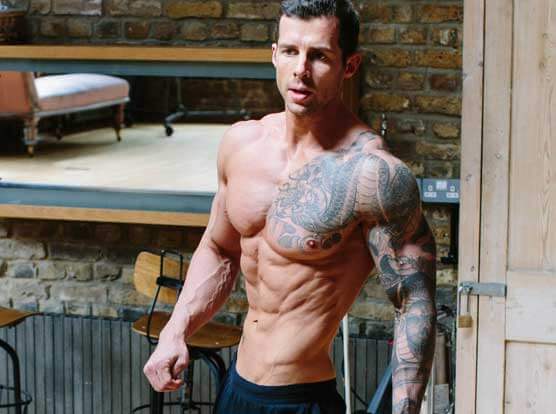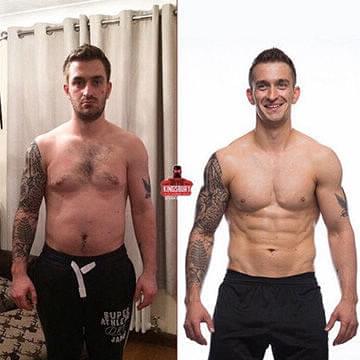Today I’m going to be talking about training frequency: how often you need to work out to get results.
Because training frequency depends so much on your goals, I’m going to split this up by the three main goals people ask me about: fat loss, muscle gain and endurance.
Fat loss: if you want to lose weight, you don’t need to exercise. You just need to be in a calorie deficit. But if you want to lose fat while maintaining muscle tone, you need to be stimulating your muscles enough to give your body incentive to hang on to your muscles even in a calorie deficit.
How much though?
That depends on how much muscle you want to maintain. If you aren’t an experience lifter, you probably only need to do resistance training once to twice a week to maintain your muscle while losing fat on a moderate calorie deficit.
If you’re an experienced lifter and have a decent amount of muscle which you want to maintain, you’ll probably need to be working out regularly at least twice a week to reduce your risk of losing muscle while you’re dropping fat.
What about cardio?
You don’t need it, but it can be useful as well as being good for you. The benefit of added cardio is it will allow you to eat more and still achieve a deficit. They key here is balance, don’t overdo cardio, just do what you can manage and get your calories right.
Muscle gain: how often you need to work out depends a lot on the training volume in your workouts.
If your workouts consist of full body workouts you’re probably best aiming for 3 workouts a week. This provides a good balance between training volume and rest time, giving you at least a rest day between every workout.
However, if you are isolating muscle groups in your workouts, you should be aiming to work out each group twice per week. This means that your optimum workout strategy is probably going to be 4 workouts per week, exercising one set of muscle groups in your first and third workouts of the week, and your second set of muscle groups in your second and fourth.
You can and will still see results training 5-6 days a week. However, this is only if the training volume is not too much in each workout. 5-6 high intensity workouts are likely to be detrimental as your body will not have a chance to recover between workouts. However, if you find that you really only have 30 minutes a day for working out, a study published just last month showed that you can swap 3 long sessions for 6 half-length sessions and expect the same results[1].
Endurance: how much time have you got? If you’re training for a marathon or long distance cycling, there’s no two ways about it. You have to put in the miles.
Some people are lucky and natural endurance athletes, but for the majority of us if you’re training for a 3-6+ hour long event, you’ll probably need to be building up to well over 3 hours per week in training. Events like this are a huge time commitment and shouldn’t be taken lightly. And you absolutely need to be working resistance training into your routine to supplement training and reduce the chance of injury.
Exercise isn’t just for fat loss, muscle gain or maintenance and endurance of course. It confers a huge number of health benefits, reduces your chance of getting innumerable diseases and has been shown to lead to improved mood and quality of life.










